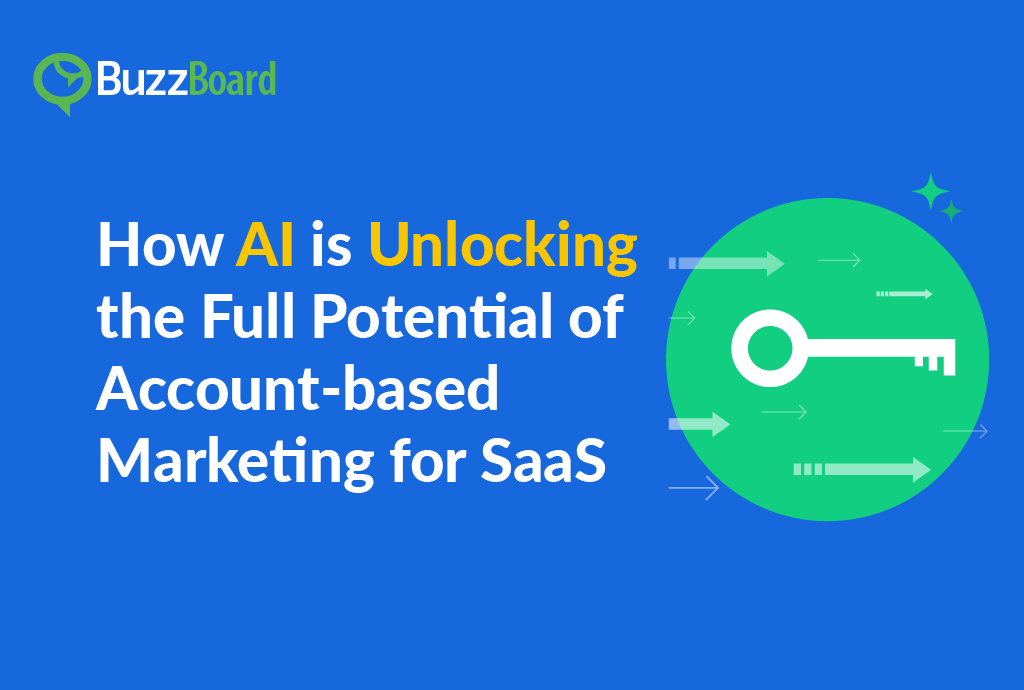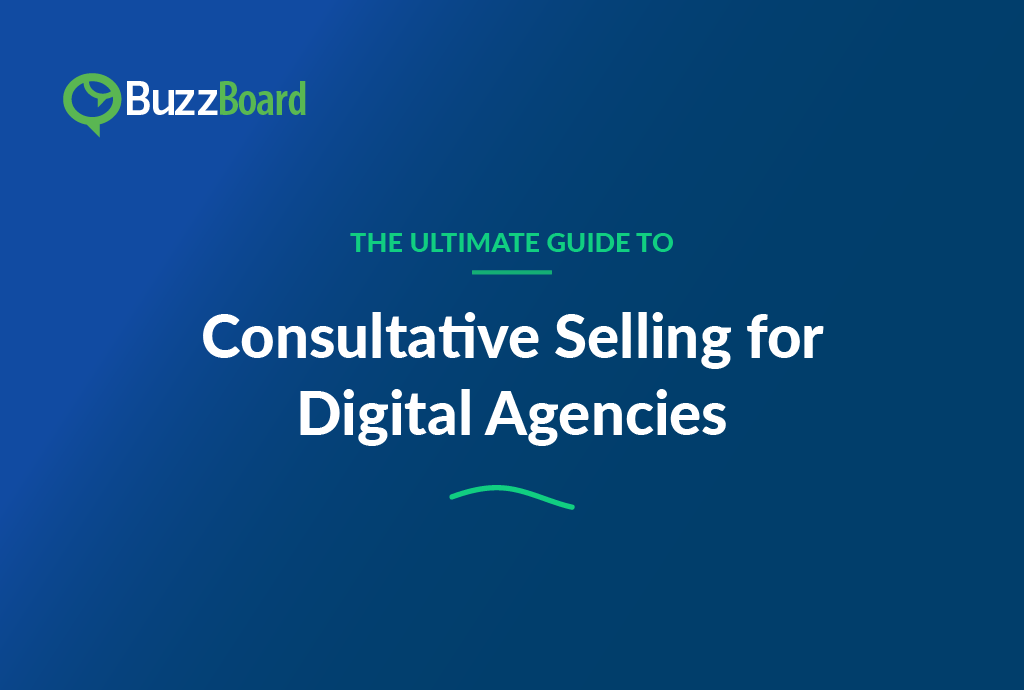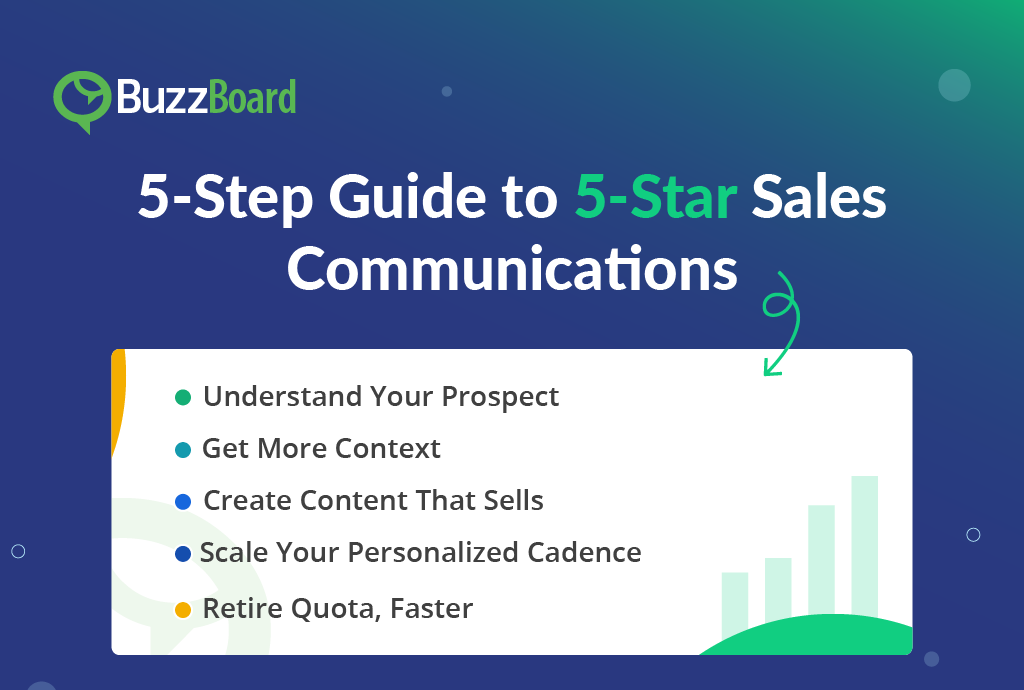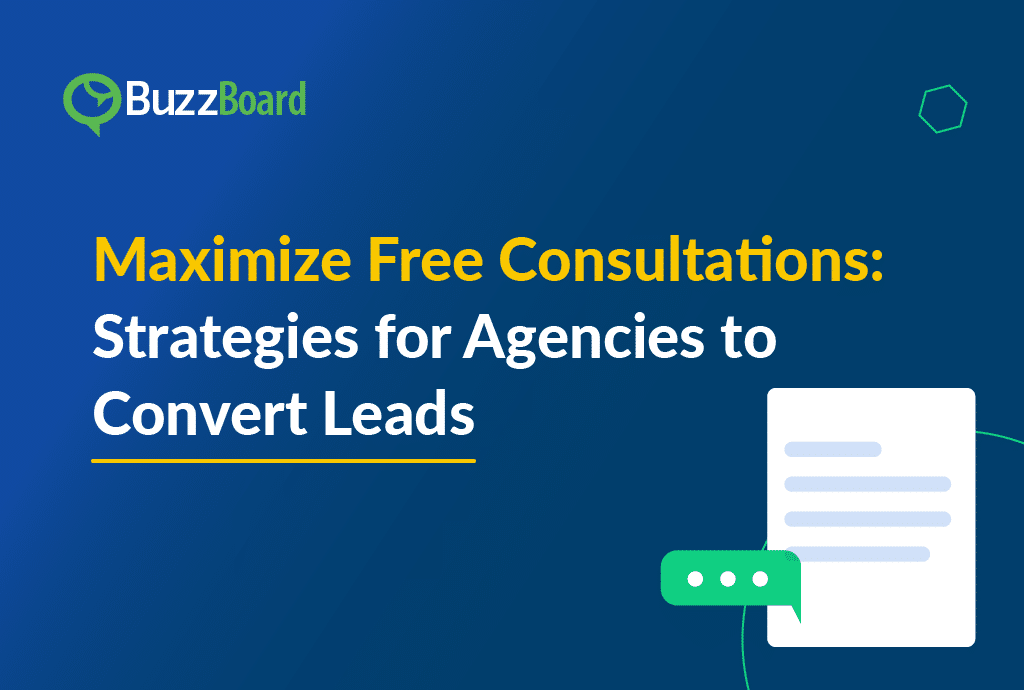Often, software service providers find themselves on a perpetual quest for innovative strategies to not only survive but thrive. The logic behind is pretty simple—the intensifying competition keeps disrupting the market as a chain reaction, compelling SaaS businesses to reinvent their marketing and sales time and again. But strategies that propel growth must evolve in tandem, right?
With software consumption heavily skewing towards SaaS and subscription-based pricing, the lifetime value of enterprise accounts is tremendous for providers that can continually deliver ROI. By serving as an invaluable strategic partner to customers, SaaS software vendors stand to realize faster growth rates. According to industry forecasts, the deep customer insights and orchestration machinery of account-based marketing or ABM makes this level of sticky partnership possible.
As the need for software capabilities across cloud, analytics, IoT, AI, etc., will only continue to expand, software service providers will need scalable approaches to drive above-market growth rates. This blog post examines how account-based marketing, on the heels of AI-infused sales and marketing tech, is emerging as the all-powerful approach to help focus sales and marketing efforts on the accounts that matter most for accelerating growth. Applying the futuristic ABM trends, software vendors can pick and nurture high-lifetime-value accounts better, shorten time-to-revenue, and foster partnerships across the customer journey.
Why Your B2B Marketing Can Count on ABM Strategies?
Traditional marketing tactics casting wide nets in hopes of catching leads is history! By honing in on high-value accounts with laser-focused precision, ABM has emerged as the cornerstone for driving personalized engagements, revolutionizing the dynamics of customer acquisition, and propelling unparalleled business expansion.
The strategic value of ABM is proven for software companies in particular. ABM initiatives are not only capable of delivering wider deal sizes for tech services providers but also a higher ROI. Reasons? ABM’s tighter alignment on targeted high-value accounts, coordinating multi-channel outreach, and intelligence gathering to accelerate sales cycles to be precise. Rather than transactional customer acquisition, ABM fosters meaningful relationships with accounts that snowball into renewal and growth opportunities.
91% of companies using ABM increased their average deal size and 25% reported an increase of +50%.
Hacking Growth for 2024 and Beyond: 4 Most Rewarding ABM Trends for SaaS
1. Business Need Discovery Sets the Ground for AMB Success
Rich company data, brimming with details about industries, business information, technology usage, lifecycle stage, operational maturity and more, serves as the fuel for this AI-powered engine. It’s meant to empower businesses to not just identify potential prospects but to pinpoint the ones best aligned with their offerings, preferences, and needs.
In an expansive universe of data, insights, behaviors, and signals are woven intricately within the digital fabric. AI, armed with the power of machine learning and data analysis, acts as the guide through this labyrinth. It sifts through troves of information, discerning intricate patterns and uncovering hidden gems that signify high-value prospects… this is how!
By leveraging the latest in machine learning and natural language processing, innovative SaaS providers can mine this data to uncover new prospects that perfectly match their ideal customer profile. The key is building custom AI models trained on your existing high-value customers or you can always turn to a reputed, AI-powerd sales platform that would surface ready-to-buy accounts based on customer business needs and spending power for your solution. Indeed, the beauty of the business need discovery approach is its efficiency and precision.
As the AI algorithm learns what your dream customers look like, it can accurately score prospect accounts and even explain why they look like great fits. This eliminates hours of manual research for reps while helping you personalize the selling services. Instead of cold calls, reps focus conversations where they’re needed most.
So precisely, the synergy between AI and rich company data transcends traditional firmographic and demographic targeting, delving deeper into current need, past behaviors, and intent. They decode the complexities of the buyer’s journey, guiding SaaS businesses toward the most fertile grounds for prospect engagement.
2. Hyper-personalization Is the Key to Unlock Tailored Interactions
By infusing hyper-personalization into your ABM strategy, you forge connections, build trust, and establish relationships that transcend the buyer-seller dynamic.
The guiding principle of hyper-personalization is infusing customized messages and offers tailored to what an account cares about in their context. This entails tapping powerful data sources to piece together the tech stack, pain points, and revealed preferences of an account to make content and positioning highly relevant. When outreach is addressed to specific organizations by role, messaging better answers the “what’s in it for me” for each stakeholder.
Thoughtful ABM orchestration makes such 1:1 personalization at scale achievable by unifying martech capabilities.
Marketers leveraging AI-infused account profile data see faster revenue growth over competitors. But in today’s fragmented buying landscape, marketers must raise their ABM game to make every touchpoint truly count through hyper-personalization powered by data and insights. With an expanding array of data solutions to enrich ABM, SaaS businesses can scale hyper-personalized account management and more accurately target key contacts displaying buying signals. This maximizes the value from marketing spend and sales capacity. It can provide a holistic view into each account’s digital body language—key contacts researching or demonstrating purchase interests, their distinct web content behaviors, or peer benchmarking patterns across the buying group.
3. The True Essence of AI in ABM: Automation to Amplification
By harnessing AI within ABM strategies, SaaS businesses move beyond manual segmentation and generic campaigns, diving into a realm of predictive analytics and automated personalization that ensures every interaction is not just relevant but anticipatory.
Instead of spray-and-pray campaigns, account-based approaches concentrate resources on targeted high-value accounts. Still, correctly matching content and sales plays to the numerous contacts influencing each deal requires robust intelligence and predictive capabilities. AI-infused tools help assemble holistic account views by ingesting and correlating siloed data on individuals, deals, trigger events etc. Natural language capabilities structure unstructured text data to uncover additional context, needs and sentiment.
The account intelligence can then power predictive analytics on the factors driving conversion at each account, contact propensity models, and recommended content/messaging per persona. Guided by AI, ABM marketers can boost their hyper-personalized multi-channel campaigns, scale sales-marketing coordination, launch targeted ads, automate email cadences, and run superior chatbots guided by account needs and buying stage. For time-strapped SaaS sales reps, this means better and faster assistance on accounts, contacts, and conversations looking for attention.
4. The Transformative Force of Intent Data for Optimized Targeting
While prospect identification based on need alignment gets your ABM target list in order, understanding the precise intentions and behaviors of your potential clients and how they engage with your prospecting efforts is the crystal ball that refines and defines your journey ahead with these prospects. That’s the potency of intent data—a treasure trove of insights into the actions and interests of prospects.
Zeroing in on the right accounts to pursue is incredibly tricky, and need-based ABM targeting gets you started on the right foot. Overlaying intent data on these high-value prospects empowers companies to pursue the most promising accounts and buyers actively involved in a purchase.
The result is a scalable yet highly account-centric buying experience for high-value accounts. With intent data charging their ABM engines, software companies like Adobe and Microsoft strengthen decisions on where to allocate sales resources, inform marketing campaigns, and nurture the most promising accounts through the funnel. By fueling ABM with a robust intent data foundation, software companies can optimize their growth investments.
For enterprise software companies playing the long game around growing share in strategic accounts, ABM principles enable sustainable approaches to acquisition beyond short-term transactions. By combining account focus with true buyer understanding, software brands can nurture relationships spanning the entire customer lifecycle.
As technology consumption soars across industries, the market potential for innovative software services is tremendous. Realizing this potential, however, rests on the capabilities of providers to cultivate deep enterprise relationships and efficiently scale them. By following the lead of market leaders already advancing with ABM, emerging software players can put themselves on the accelerated path to above-market, sustainable growth trajectories in coming years.








